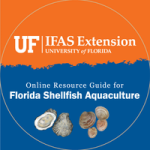
Position Announcement – Biological Scientist II
This position will serve as biological staff at the University of Florida/IFAS Shellfish Aquaculture Program.

This position will serve as biological staff at the University of Florida/IFAS Shellfish Aquaculture Program.
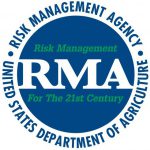
Did you miss the Risk Assessment and Management Workshop? Don’t worry! The video recording, agenda, presentations, and handouts are now available at https://shellfish.ifas.ufl.edu/risk-workshop. Thanks to the project team: UF IFAS Shellfish Aquaculture Extension, Florida Sea Grant, Clemson University, Auburn University Shellfish Lab, S.C. Sea Grant Consortium, and USDA Farm Service Agency. Workshops were funded through the Risk Management Agency/USDA‘s Education Partnership Program.
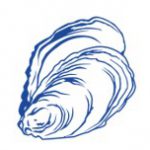
SAVE THE DATE! The UF/IFAS Shellfish Extension Program is hosting an Oyster Culture Workshop on May 30, 2024, from 3-5pm at FSU Coastal and Marine Lab, Auditorium and via zoom https://ufl.zoom.us/j/92286238028. Updates and results of projects conducted by UF and the FSU Coastal and Marine Lab will be provided. For more information, contact Leslie Sturmer, Lnst@ufl.edu.
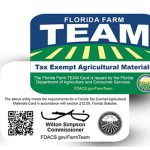
The Florida Farm TEAM Card is a convenient way for farmers to claim applicable agricultural sales tax exemptions. The plastic, wallet-sized card is a physical alternative to the paper exemption certificates. The TEAM card does not expand or create agricultural exemptions beyond those already provided in Florida Statute. A list of sales tax exemptions for aquaculture businesses can be found here: https://ccmedia.fdacs.gov/content/download/78423/file/FDACS-P-01781-SalesTaxExemptionsforAquacultureBusinesses.pdf. To obtain a TEAM Card, growers must complete an Application for a Florida Farm Tax Exempt Agricultural Materials (TEAM) Card (Form DR-1 TEAM) by applying online or obtaining a copy of the form to apply by mail at

February 7th and 13th, 3 – 5 p.m. UF/IFAS Nature Coast Biological Station 552 1st Street, Cedar Key, FL Eligible clam farmers and businesses that were affected by Hurricane Idalia are able to receive funding to cover wages, clean up, recovery, and more. Attend one of two information sessions to learn how CareerSource of Citrus Levy Marion Counties can offset the expense of restoring your operation–at no cost to you. Here’s what you’ll learn about: 1) How disaster assistance programs can help you pay your workers, 2) How this funding can be used in clean up and recovery efforts. If
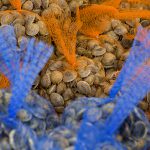
Aquatic farmers who have not completed the 2023 Census of Aquaculture conducted by US Department of Agriculture have until March 1 to do so. The Census can be completed online at USDA – National Agricultural Statistics Service – Surveys – Census of Aquaculture. Last conducted for production year 2018, the Census of Aquaculture will yield current industry-specific data. This information is used by federal, state, and local governments, agribusinesses, trade associations, and producers to make decisions impacting the sustainability and growth of the US aquaculture. The data is also used to support and justify federal and state research, education, extension,
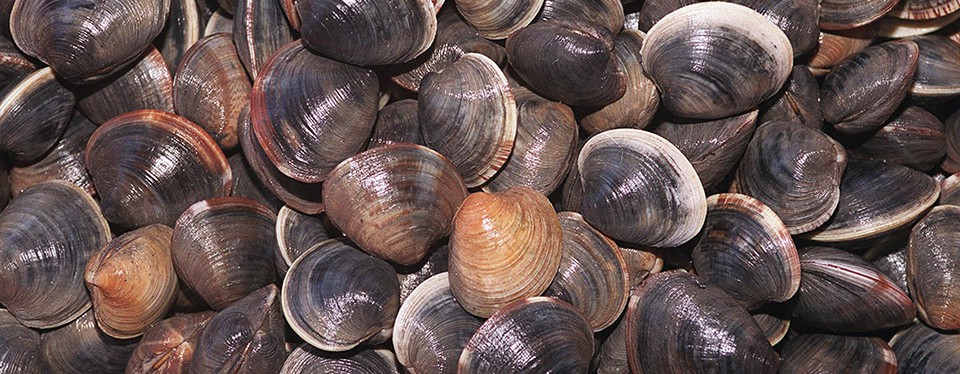
To all Cedar Key Clam Growers, Please take a few minutes to complete a brief survey at your earliest convenience. Information about this survey can be found below. We would like to have responses back by January 22nd. Click on this link to open the survey https://forms.gle/2xH7ov7XMXq3vrFEA. If you have any questions or problems accessing the survey link, contact Leslie Sturmer at Lnst@ufl.edu or Rose Cantwell at cantwellrr@bellsouth.net.
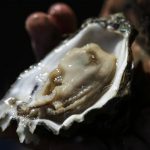
A new Shellfish Pilot Crop Insurance Program is now available through the USDA Risk Management Agency (RMA). Oyster growers in Franklin and Wakulla Counties are eligible in this pilot program for protection against losses due to named storms, excessive heat during a low tide event, freeze during a low tide event, or low salinity due to excessive rainfall. RMA has extended the Sales Closing Date for the shellfish (oyster) policy until December 15, 2023. To learn more about this new pilot program, visit these resources posted to RMA’s website https://www.rma.usda.gov/Topics/Shellfish. Shellfish Pilot Crop Insurance Program Frequently Asked Questions Shellfish Pilot

A new Shellfish Pilot Crop Insurance Program is now available through the USDA Risk Management Agency (RMA). Oyster growers in Franklin and Wakulla Counties are eligible in this pilot program for protection against losses due to named storms, excessive heat during a low tide event, freeze during a low tide event, or low salinity due to excessive rainfall. The deadline to sign up for crop year 2024 is November 30. To learn more, join a meeting being hosted by Auburn University on Thursday, November 16 at 6 pm EST via Zoom. Nicole Gueck, formerly with AgriLogic Consulting, the firm that

This online workshop will summarize findings of a 2-year grant funded by the Nature Conservancy SOAR program to quantify the amount and monetary value of nitrogen removal services for shellfish aquaculture in Florida. The regulatory and incentive-based policies on using bivalve-based restoration to improve water quality will be reviewed. New research findings will be presented and there will be time for Q&As with online participants. The workshop is scheduled for Tuesday, October 24, from 2:00 to 3:30 pm EST. Register now by using this link: https://ufl.zoom.us/meeting/register/tJMscuuoqDsrGNzR33bgefotlVL5JOLVPJW8#/registration

